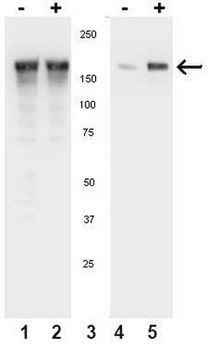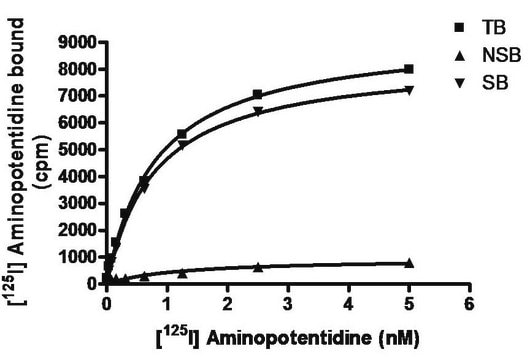09-310
Anti-phospho-EGFR (Tyr1069) Antibody
from rabbit, purified by affinity chromatography
Synonym(s):
Receptor tyrosine-protein kinase ErbB-1, avian erythroblastic leukemia viral (v-erb-b) oncogene homolog, cell growth inhibiting protein 40, cell proliferation-inducing protein 61, epidermal growth factor receptor, epidermal growth factor receptor (avian
About This Item
Recommended Products
biological source
rabbit
Quality Level
antibody form
affinity isolated antibody
antibody product type
primary antibodies
clone
polyclonal
purified by
affinity chromatography
species reactivity
human
species reactivity (predicted by homology)
primate (based on 100% sequence homology), rat (based on 100% sequence homology), mouse (based on 100% sequence homology), pig (based on 100% sequence homology), horse (based on 100% sequence homology)
technique(s)
ELISA: suitable
immunocytochemistry: suitable
western blot: suitable
NCBI accession no.
UniProt accession no.
shipped in
wet ice
target post-translational modification
phosphorylation (pTyr1069)
Gene Information
horse ... Egfr(100067755)
human ... EGFR(1956)
mouse ... Egfr(13649)
pig ... Egfr(397070)
rat ... Egf(25313)
General description
Specificity
Immunogen
Application
Apoptosis & Cancer
Signaling
Kinases & Phosphatases
Quality
Western Blot Analysis:
1:1,000 dilution of this antibody detected Tyr1069 phosphorylated EGFR on 10 g of EGF treated A431 lysates.
Target description
Linkage
Physical form
Storage and Stability
Handling Recommendations: Upon receipt, and prior to removing the cap, centrifuge the vial and gently mix the solution.
Analysis Note
Untreated and EGF treated A431 lysates
Disclaimer
Not finding the right product?
Try our Product Selector Tool.
Storage Class Code
12 - Non Combustible Liquids
WGK
WGK 1
Flash Point(F)
Not applicable
Flash Point(C)
Not applicable
Certificates of Analysis (COA)
Search for Certificates of Analysis (COA) by entering the products Lot/Batch Number. Lot and Batch Numbers can be found on a product’s label following the words ‘Lot’ or ‘Batch’.
Already Own This Product?
Find documentation for the products that you have recently purchased in the Document Library.
Our team of scientists has experience in all areas of research including Life Science, Material Science, Chemical Synthesis, Chromatography, Analytical and many others.
Contact Technical Service








